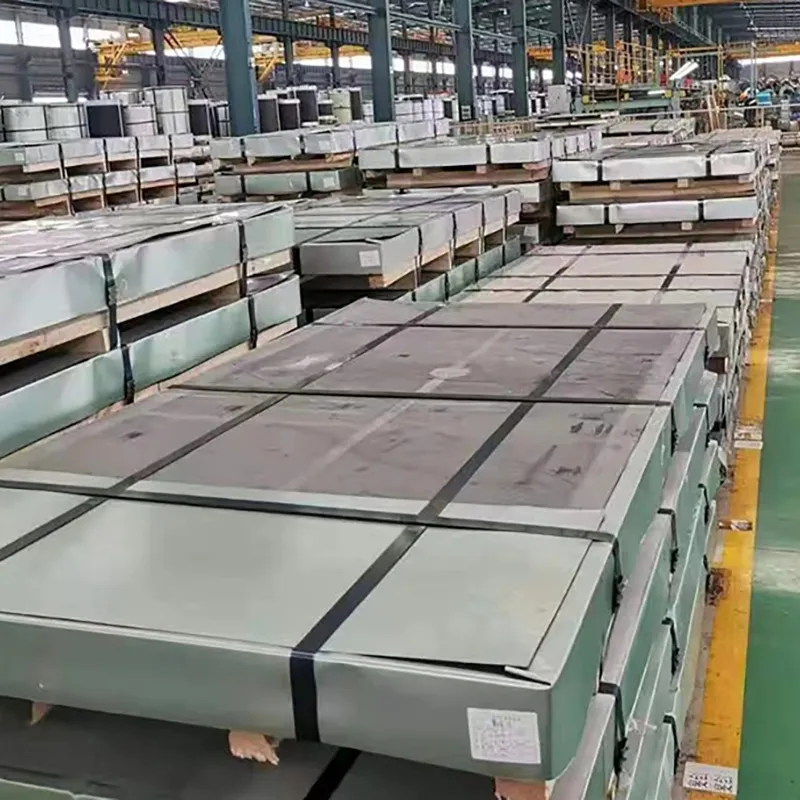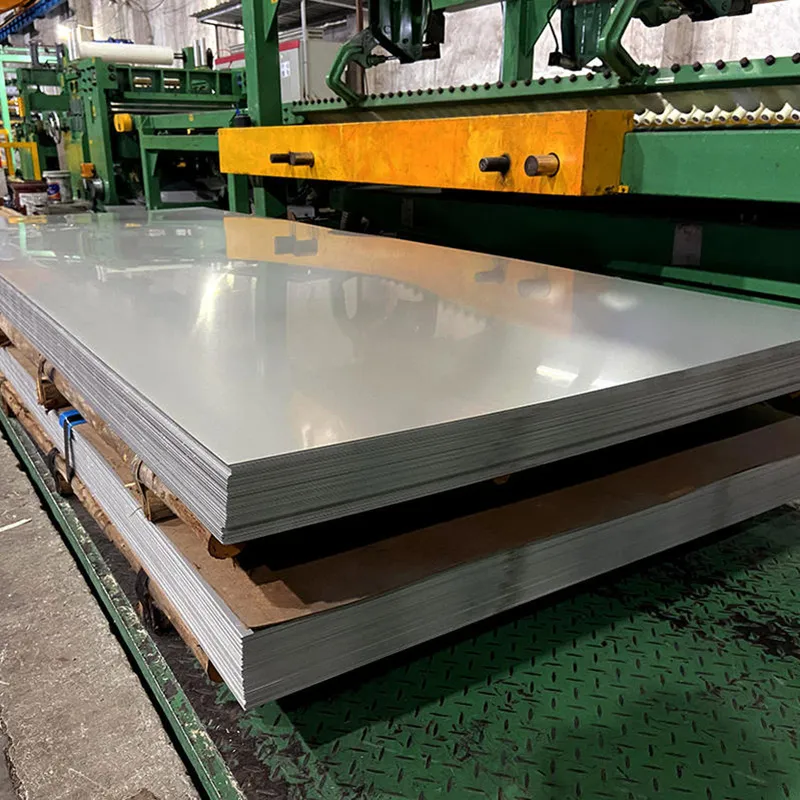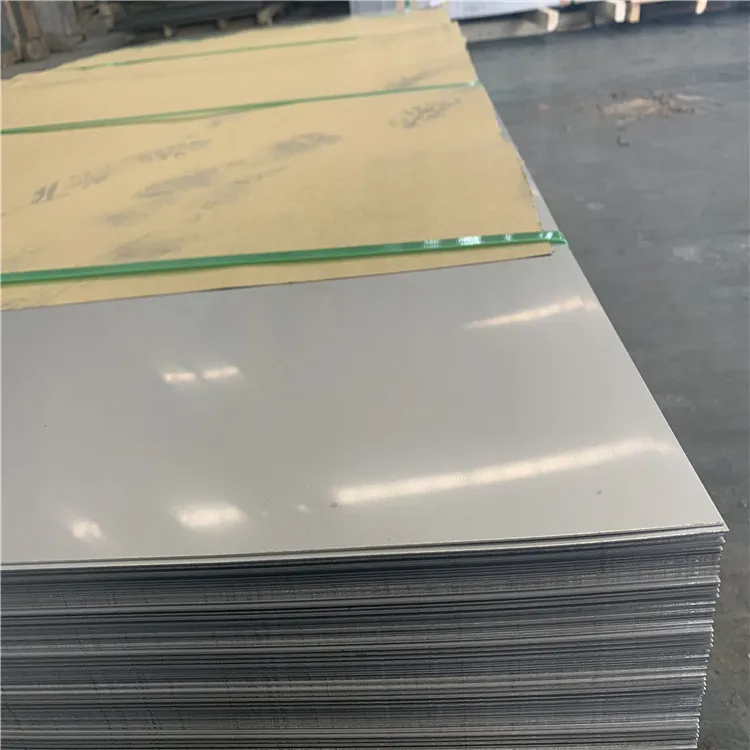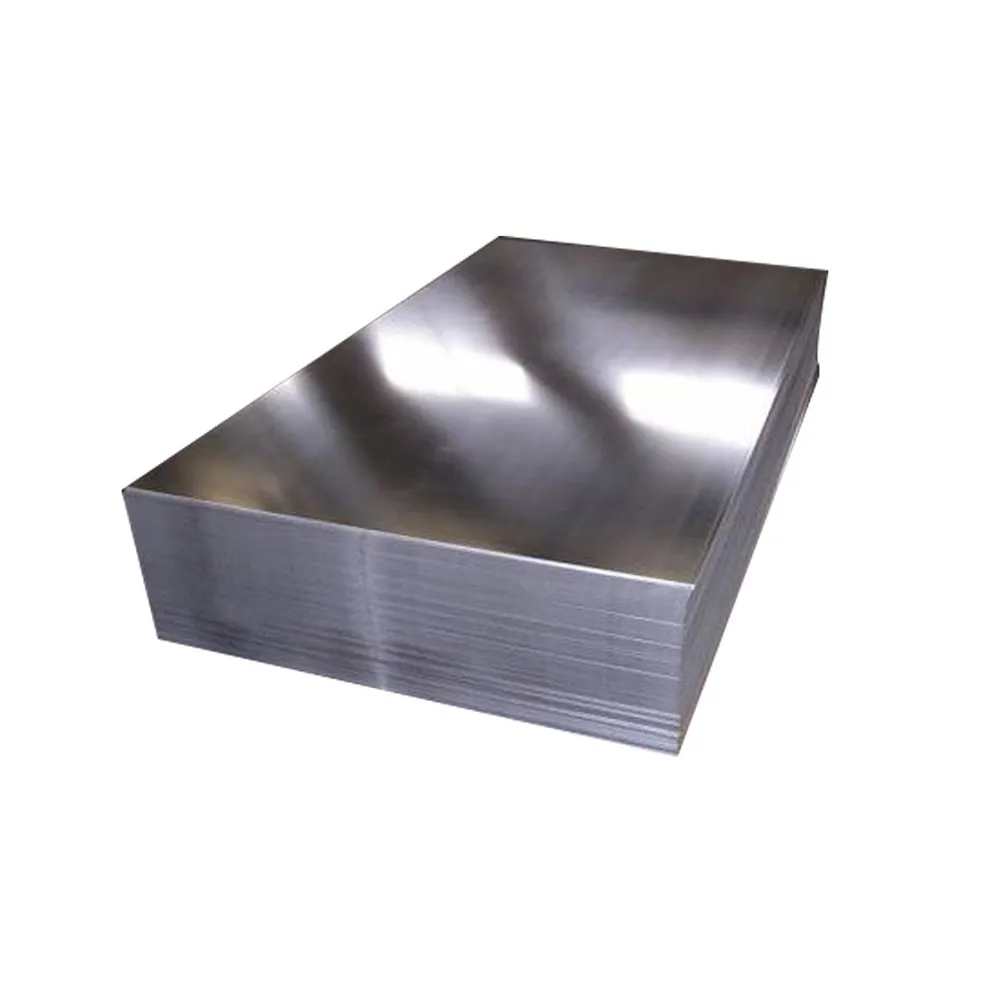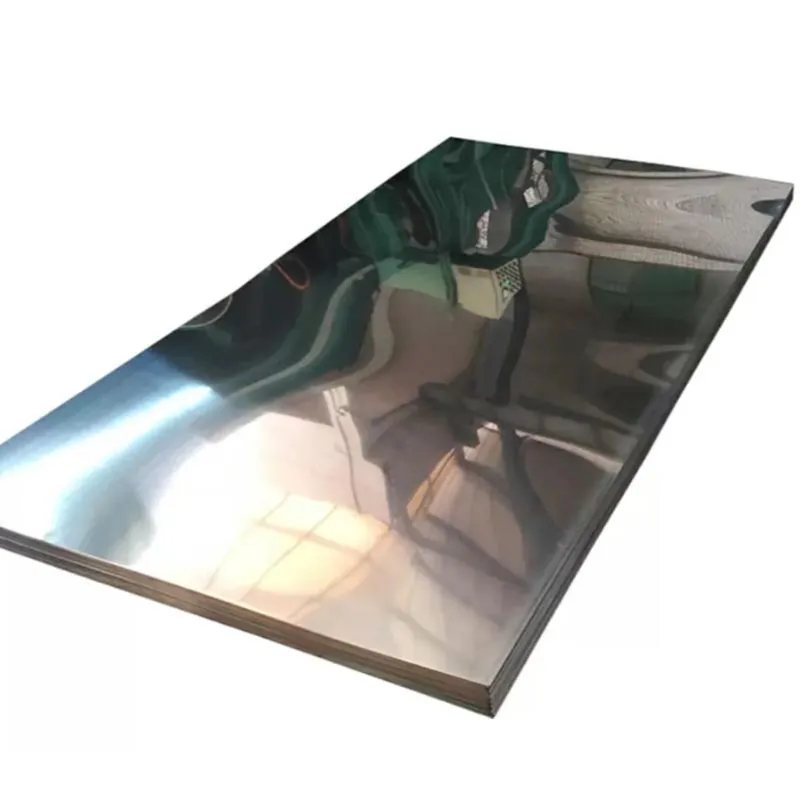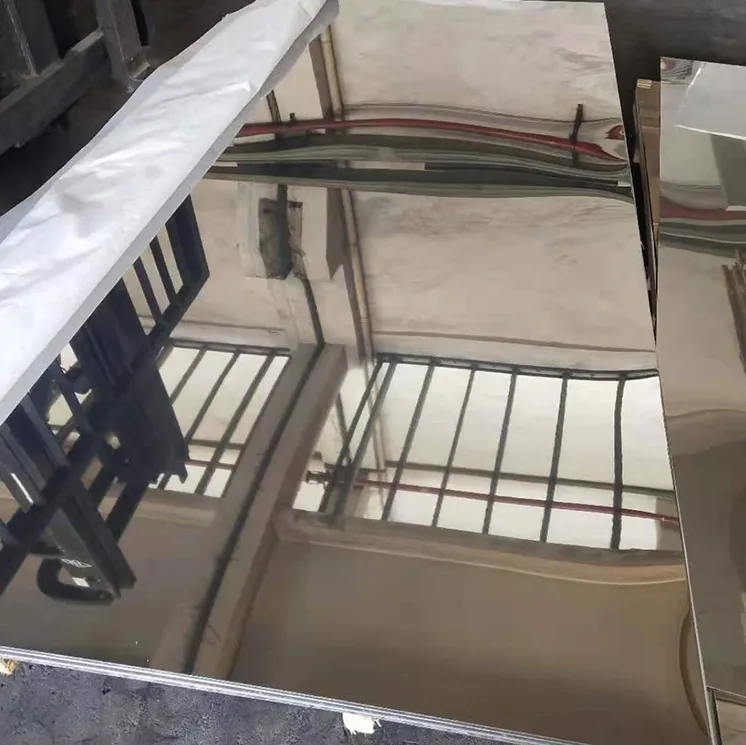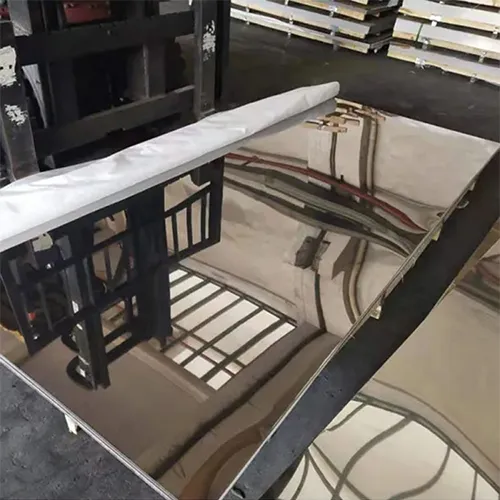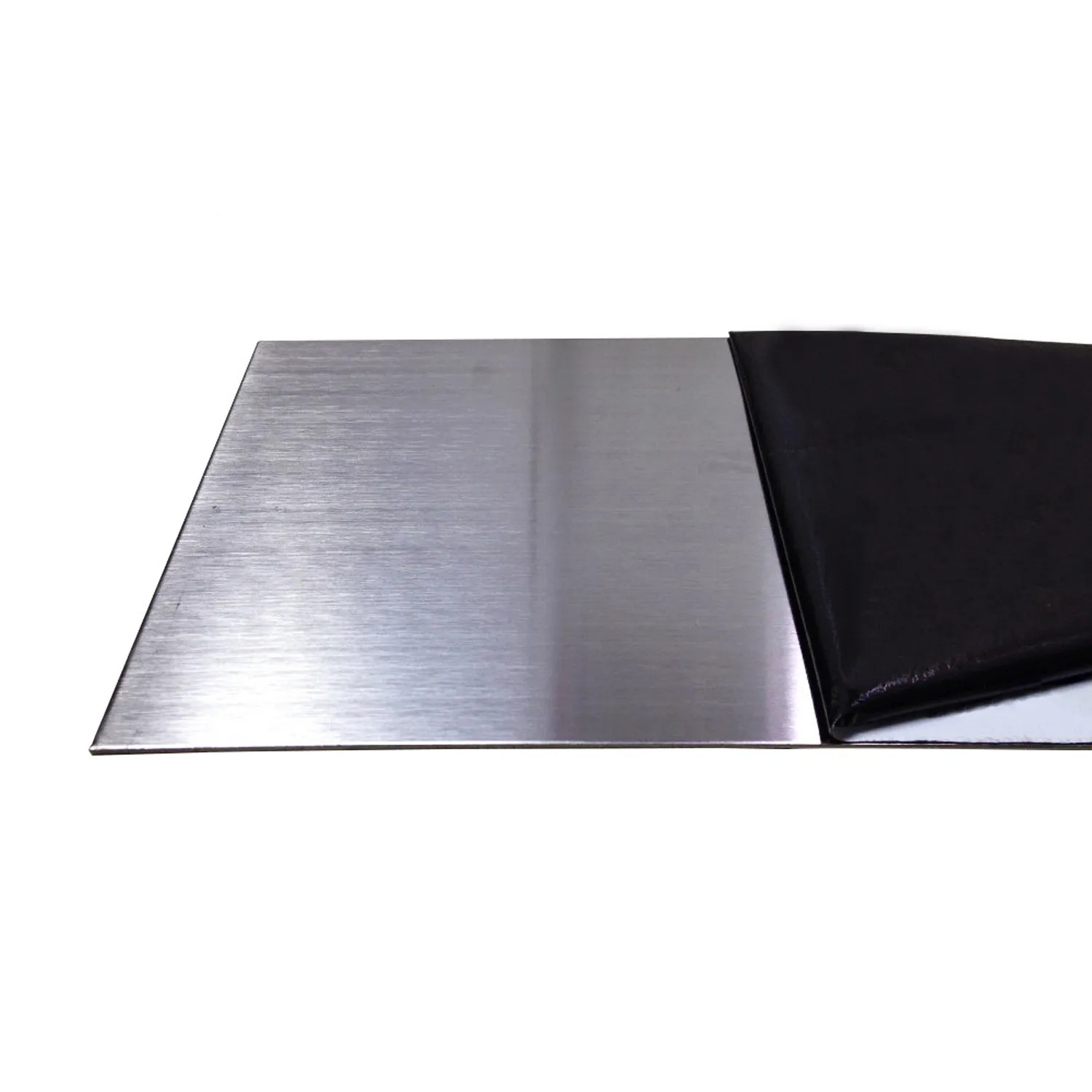PRODUCT CENTER
CONTACT US
If you are interested in cooperation, please contact us immediately, we will give you feedback as soon as possible!
The advantages of 347 stainless steel plate lie in its exceptional combination of high temperature resistance, corrosion resistance, and stability, making it ideal for demanding applications. Its resistance to intergranular corrosion and sensitization ensures durability in harsh environments containing chlorides, such as chemical processing equipment and aircraft exhaust systems. Additionally, its excellent thermal stability and weldability make it suitable for applications involving thermal cycling and welding, enhancing its usability and reliability in various industries.
The advantages of 316Ti stainless steel plate stem from its titanium stabilization, providing superior corrosion resistance, particularly in aggressive environments with elevated temperatures. Its enhanced resistance to corrosion and oxidation makes it ideal for a wide range of applications, including chemical processing equipment, pharmaceutical machinery, and architectural structures. Additionally, its durability and reliability contribute to long-term performance in demanding environments, ensuring operational efficiency and longevity.
The advantages of 309S stainless steel plate revolve around its exceptional high-temperature strength and superior corrosion resistance properties. Its ability to withstand extreme heat and harsh environments, combined with its resistance to sulfidation and carburization, make it invaluable in industries such as petrochemical, aerospace, and power generation. Additionally, its versatility and reliability ensure optimal performance in furnace parts, heat exchangers, and thermal processing equipment, contributing to operational efficiency and longevity in demanding applications.
The advantages of 304N stainless steel plate stem from its nitrogen-enhanced composition, providing improved mechanical properties and corrosion resistance compared to standard 304 stainless steel. Its enhanced strength and durability make it well-suited for applications in demanding industries such as chemical processing, petroleum refining, and pharmaceutical manufacturing. Additionally, its resistance to corrosion, particularly in marine and coastal environments, ensures longevity and reliability in harsh conditions. The nitrogen content contributes to its superior performance, making it a preferred choice for critical applications where strength and corrosion resistance are essential.
The advantages of 304H stainless steel plate lie in its specialized composition tailored for high-temperature applications, offering exceptional creep strength and corrosion resistance. Its ability to withstand elevated temperatures makes it ideal for use in industries such as petrochemical, power generation, and heat treatment, where components must endure harsh conditions. Additionally, its versatility extends to chemical processing equipment and automotive exhaust systems, where its durability and resistance to oxidation ensure reliable performance in demanding environments, enhancing operational efficiency and longevity.
The advantages of 2520 stainless steel plate, also known as 310S stainless steel, lie in its exceptional high-temperature resistance and superior corrosion resistance properties. Its ability to withstand extreme temperatures and harsh environments makes it ideal for use in industries such as petrochemical, aerospace, and power generation, where components face rigorous conditions. Additionally, its resistance to sulfidation and carburization further enhances its suitability for applications in heat treatment facilities and industrial furnaces, ensuring longevity and reliability in demanding environments.
The advantages of 317 stainless steel plate lie in its exceptional corrosion resistance, particularly in acidic environments containing chlorides and sulfuric acid. Its superior performance in harsh conditions makes it a preferred material for manufacturing components in chemical processing equipment, pulp and paper industry machinery, and food processing equipment. Additionally, its resistance to corrosion and high temperatures makes it suitable for applications in marine environments and nuclear power plants, ensuring longevity and reliability in demanding industrial settings.
The advantages of 347H stainless steel plate stem from its elevated carbon content and superior high-temperature properties, making it an excellent choice for applications requiring both elevated temperature resistance and corrosion resistance. Its exceptional stability and resistance to intergranular corrosion ensure durability in harsh environments, particularly in petrochemical processing, thermal processing, and power generation facilities. Additionally, its suitability for applications involving exposure to corrosive environments and thermal cycling enhances its reliability and longevity in demanding industrial settings.
The advantages of 440C stainless steel plate stem from its exceptional hardness, wear resistance, and corrosion resistance properties, making it a preferred material for high-performance applications. Its outstanding hardness and wear resistance make it ideal for manufacturing high-quality knife blades, cutting tools, and surgical instruments that require durability and sharpness. Additionally, its corrosion resistance ensures longevity and reliability in harsh environments, while its versatility extends to applications such as bearings and aerospace components, where its exceptional properties contribute to optimal performance and longevity.


